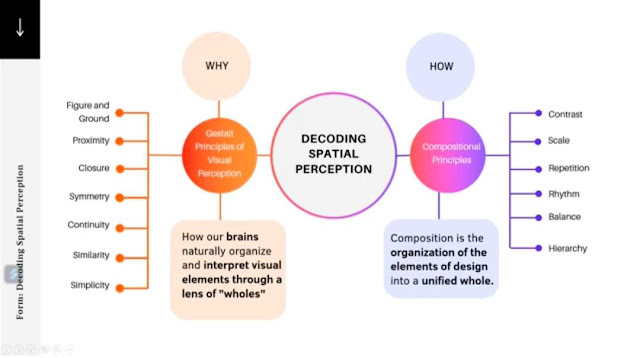Weekly Learning(Week1-9)
Weekly Learning
Week 1: Insights from the Semester's First Spatial Design Video
I watched the semester's inaugural video intently. It revealed that spatial design is an integral part of daily life, showing up in retail settings, public areas, and home interiors. The bond between people and design is unbreakable.
It emphasized that good design draws inspiration from people. In the design realm, three key aspects stand out: differentiating space from place, interactive design, and user - centered design. Mid - video, it provided vivid examples, like the New York rail line, to illustrate these concepts.
Week 2: Unraveling Spatial Design
This week, I learned that spatial design encompasses architecture, landscape, interior, and service design. Central to it is the interaction between people and space.
Designers need key skills: an understanding of human behavior, mental space design acumen, and a focus on activity - tech integration. They must be acutely aware of environment, color, and emotion, and communicate effectively.
Elements like “point, line, plane, volume, and form” are fundamental. As seen in Zaha Hadid's work, flowing lines can evoke powerful feelings.
Week 3: Decoding Spatial Perception
In this week's class, the focus was on decoding spatial perception. The teacher thoroughly explained the process and introduced Gestalt analysis theories.
For instance, the Closure principle shows how our brain fills in gaps, making incomplete shapes seem whole, like a building. The Similarity and Symmetry principles highlight our preference for like - elements and balance, bringing harmony to spaces. Order, too, helps designers create well - layered, organized spaces that are pleasing to the eye.
Week 4: Decoding Spatial Perception
In this week's class, we delved into Compositional Principles, a game - changer for my future design work. The key elements introduced were eye - opening.
Contrast, by playing with color, shape, or material differences, makes designs stand out. Scale, through object - size ratios, sets up a clear space hierarchy. Repetition unifies visuals, while Rhythm injects energy. Balance is the linchpin for harmonious spaces, and Hierarchy directs the viewer's focus, making sure important details don't go unnoticed.
Week 5: Diving into Horizontal Elements
Week 5's class was jam - packed, demanding time for digestion. It centered on Horizontal Elements, exploring how to mold space atmosphere and user experience horizontally. I jotted down a tricky sentence about the volume surrounding us.
The base plane is key, defining space via color, tone, texture, materials, and boundaries. Think of using different floor materials to split functional zones. An elevated base plane adds hierarchy with height changes, whether single - step or multi - layered, boosting the space's dynamism.
Week 9: Grasping Spatial Relationships
This week's lesson on Spatial Relationship explored how spaces interact and are designed. We learned four distinct relationships.
For "Space within a Space", a smaller space sits inside a larger one, highlighting its uniqueness while staying connected. "Interlocking Spaces" occur when two spaces overlap. This blurs boundaries, like in an open - concept living room - kitchen combo, creating a more interactive and unified feel.
Week 10: Form Transformation Insights
This week's lecture centered on the Transformation of Form. The course introduced two primary forms of morphological change.
Additive transformation enhances an existing structure or space by incorporating new elements. These additions can take on various forms - symmetrical, connected, or otherwise distinct - enriching the design both in layers and functionality. Conversely, Subtractive transformation reshapes the space by eliminating parts of the original form.









Comments
Post a Comment